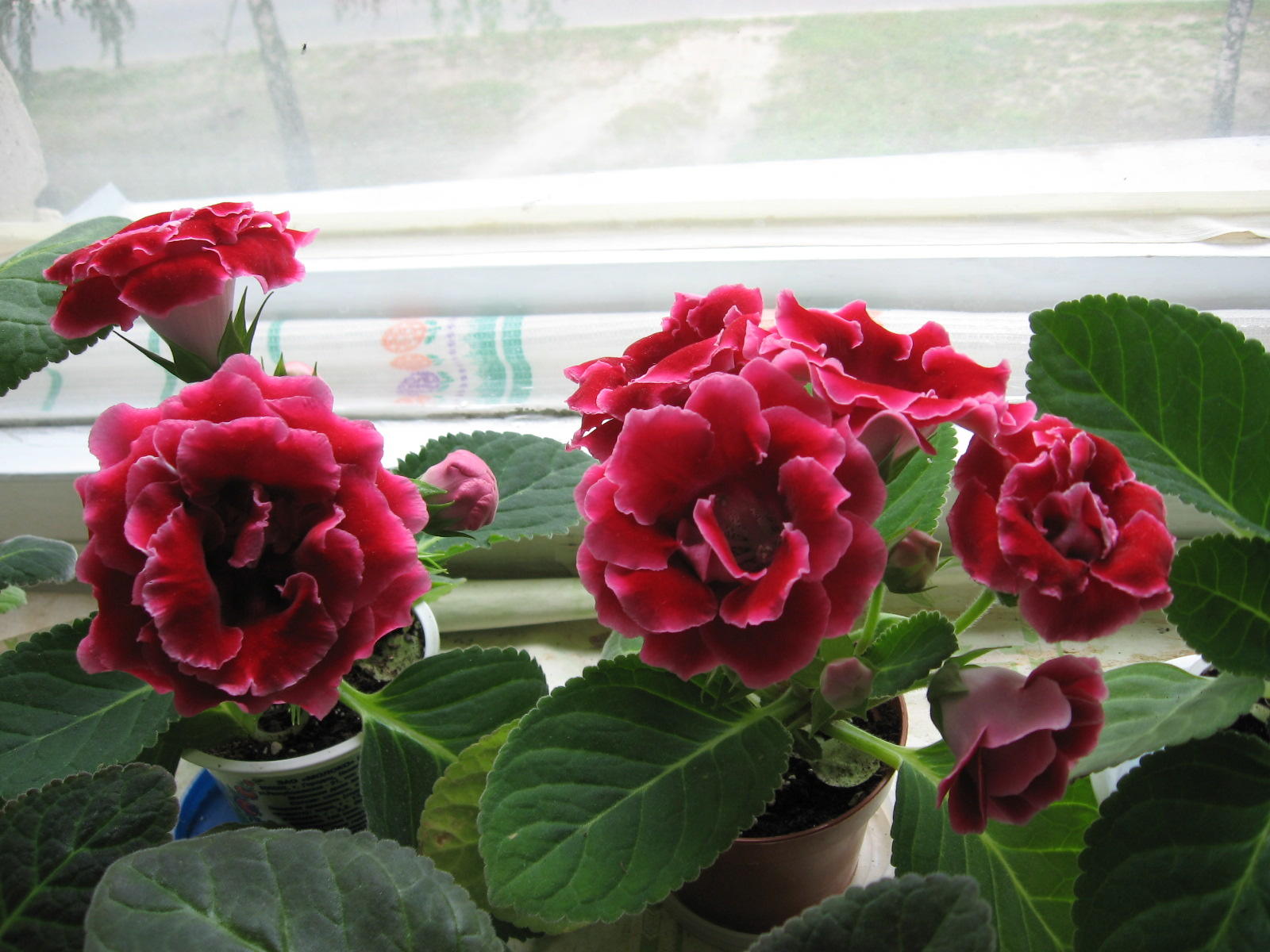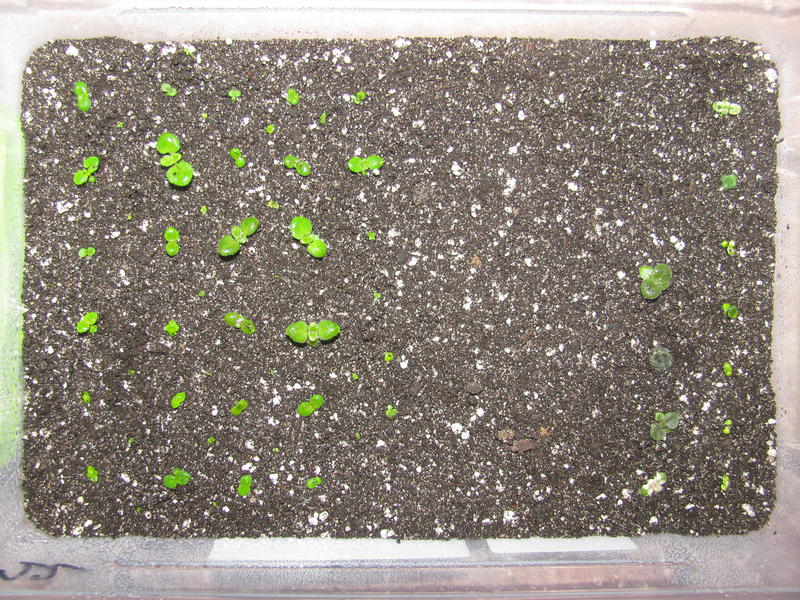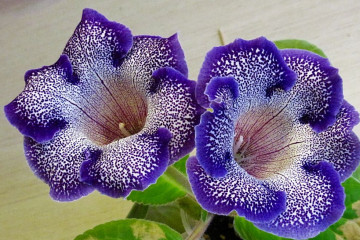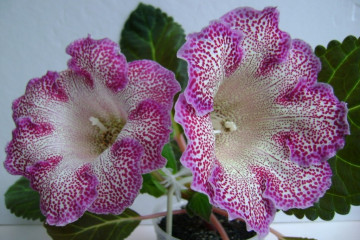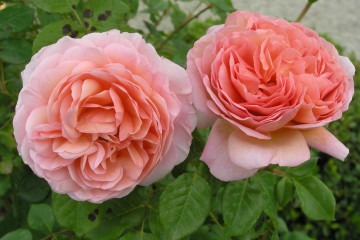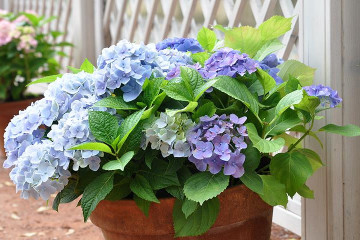Gloxinia Brocada - description of the red and blue varieties of the flower
Most flower growers love to grow bright and lush flowers on their windowsills that have a pleasant smell and appearance. Gloxinia is just one of them. Thanks to an interesting combination of shades and a strong aroma, it can become an excellent decorative decoration for an apartment.
Features of appearance
Gloxinia has a number of differences from other domestic plants. One of them is the varied shape of the leaves. Most often they are large in size, rich green or dark green in color. Brocada is a terry variety. Depending on the color of the petals, they are divided into several groups:
- tiger;
- chintz;
- monophonic.
Brocada is a solid color. She has bright buds, the petals of which form a spherical shape. The flowers themselves are usually monochromatic with a white border running along the edges.
Varieties
There are two types of plant that are used by gardeners for growing.
Red
Gloxinia Brocada red blooms profusely with small buds. The color of the petals is bright pink or red, with or without a border. It can reach a height of 20 cm.
Blue
This variety has double buds, reaching a diameter of 8 cm. The shade of the flowers is blue or purple with a neat white border. The bush can be up to 20 cm in height, up to 25 inflorescences bloom on it at the same time.
Landing
The plant is grown by seeds in a specially prepared mixture. It is necessary to use sod leafy soil, sand and humus. Before planting, the substrate is disinfected and watered. The procedure must be performed in March. Procedure for the procedure:
- Plant the seeds in a container at a distance of 3-4 cm from each other and cover with foil.
- Transfer the container to a warm place, moisten the soil regularly.
- When the first leaves appear, move the seedlings to separate pots.
- Flowers are placed in a warm, well-lit place and watered regularly.
The bush should begin to bloom in six months.
Further care
Gloxinia does not need very careful care. The main thing is to provide her with sufficient warmth and lighting. It is best to keep the temperature at + 25 ° C. The room should be free of drafts and too humid air. When dry, brown spots may appear on the leaves of the flower. But you cannot spray the bush - this can lead to its rotting. You need to feed the flower every ten days throughout the summer. Fertilizers can be used ready-made or you can make them yourself.
Reproduction
Gloxinia can multiply in various ways:
- by cuttings of leaves or stems;
- seeds;
- dividing the tuber;
- peduncles.
All methods are not difficult, so you can get new plants at home with any of them.
Diseases and pests
Brocada can be susceptible to pests and diseases. The most common disease is ascochitis. It is caused by a fungus that occurs with excessive moisture. Late blight and septoriasis are also common. With these fungal diseases, the leaves of the plant become stained, dry and rot.For treatment, it is necessary to remove the damaged areas and treat the bush with fungicides.
Using the basic rules for growing and caring for Gloxinia Brocada, you can get an excellent ornamental plant that will delight you with bright flowers.
